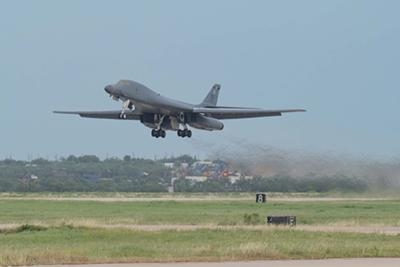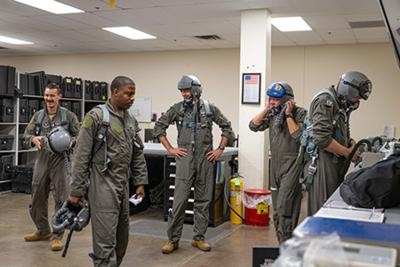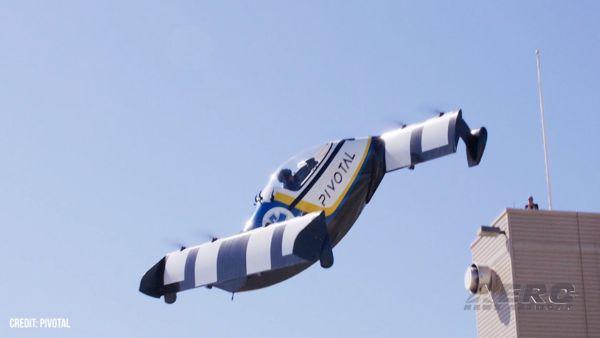Thu, Aug 14, 2025
Advertisement
More News
 Diamond Delivers Fifth DA62 MPP To 2Excel
Diamond Delivers Fifth DA62 MPP To 2Excel
Becomes Largest Global Operator Of The Type Diamond Aircraft announced the delivery of the fifth DA62 MPP, or Multi-Purpose Platform, to 2Excel Aviation, making the UK-based compan>[...]
 B1B Lancers Display Readiness During Red Flag-Nellis 25-3
B1B Lancers Display Readiness During Red Flag-Nellis 25-3
First Red Flag Exercise In Three Years For 9th Bomb Squadron The U.S Air Force’s 9th Bomb Squadron, flying B-1B Lancers out of Dyess Air Force Base in central Texas, recently>[...]
 82 Years Later, Texas B-25 Pilot Comes Home To Rest
82 Years Later, Texas B-25 Pilot Comes Home To Rest
Charles McCook MIA Since 1943 Mission Over Burma 1st Lt. Charles Woodruff “Woody” McCook was recently brought home to rest, 82 years after he was lost in a low-level mi>[...]
 Classic Aero-TV: EAA Introduces Angle of Attack Training
Classic Aero-TV: EAA Introduces Angle of Attack Training
From 2024 (YouTube Edition): Clinic Aimed to Promote Safe Aircraft Control The EAA Pilot Proficiency Center hosted an angle of attack (AOA) training clinic during the 2024 Oshkosh >[...]
 ANN's Daily Aero-Linx (08.11.25)
ANN's Daily Aero-Linx (08.11.25)
Aero Linx: Civil Aerospace Medical Institute (CAMI) The FAA Civil Aerospace Medical Institute (CAMI) is the medical certification, research, education, and occupational health wing>[...]
blog comments powered by Disqus





